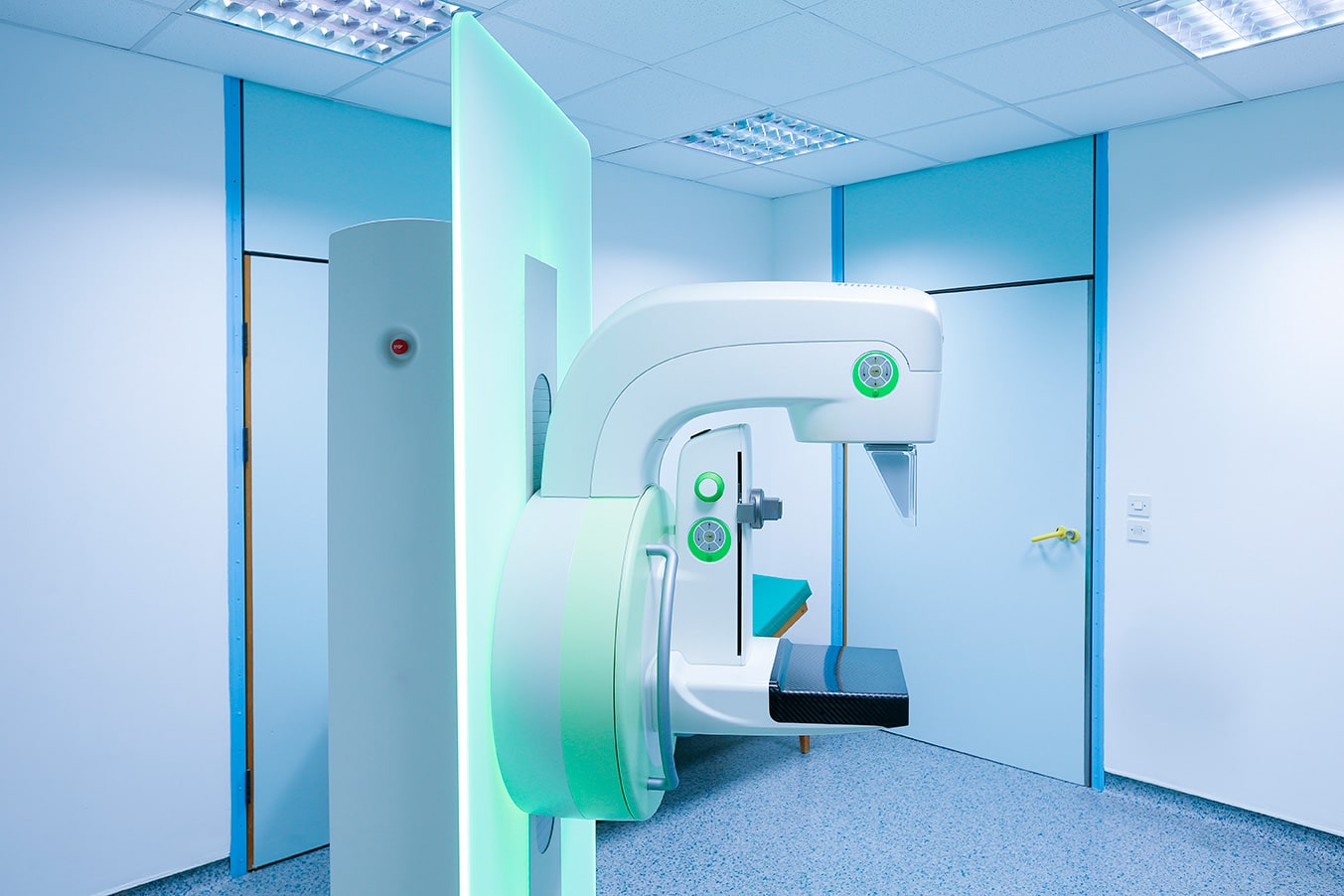Mammography is a diagnostic technique based on the use of X-rays to study mammary disorders. In view of the high frequency and prevalence of breast cancer, as well as using mammography to study specific symptoms detection campaigns are carried out (screenings) for breast cancer. These include mammographic studies in asymptomatic patients in a certain age range for early detection of tumours which have not as yet presented any symptoms, in order to carry out the most effective corrective treatment in the least aggressive way possible.
Tomosynthesis increases considerably the diagnostic possibilities in mammary disorders, numerically as well as for precocity. It is a more comfortable and decisive procedure and less painful for the patient. Also, in comparison with other similar systems, the equipment provides a better quality image with a minimum possible dose of radiation. In fact, it allows for a reduction of between 30-50% in the radiation dose.
This technique is recommended in the study of questionable mammogram images, basically focal asymmetry, subtle architectural distortions and nodes with suspect margins. With regard to these lesions, tomosynthesis provides additional information about the characteristics of the margins which enables the identification of small additional lesions.
Our mammography equipment also allows for a stereotaxy biopsy to be carried out. The prospect of experiencing a biopsy can be traumatic for the patient and even though the fundamental aim is to provide radiologists with tools to carry out a biopsy that maximises the success rate, the psychological impact for the patient cannot be ignored. With this technique unnecessary biopsies can be avoided.


